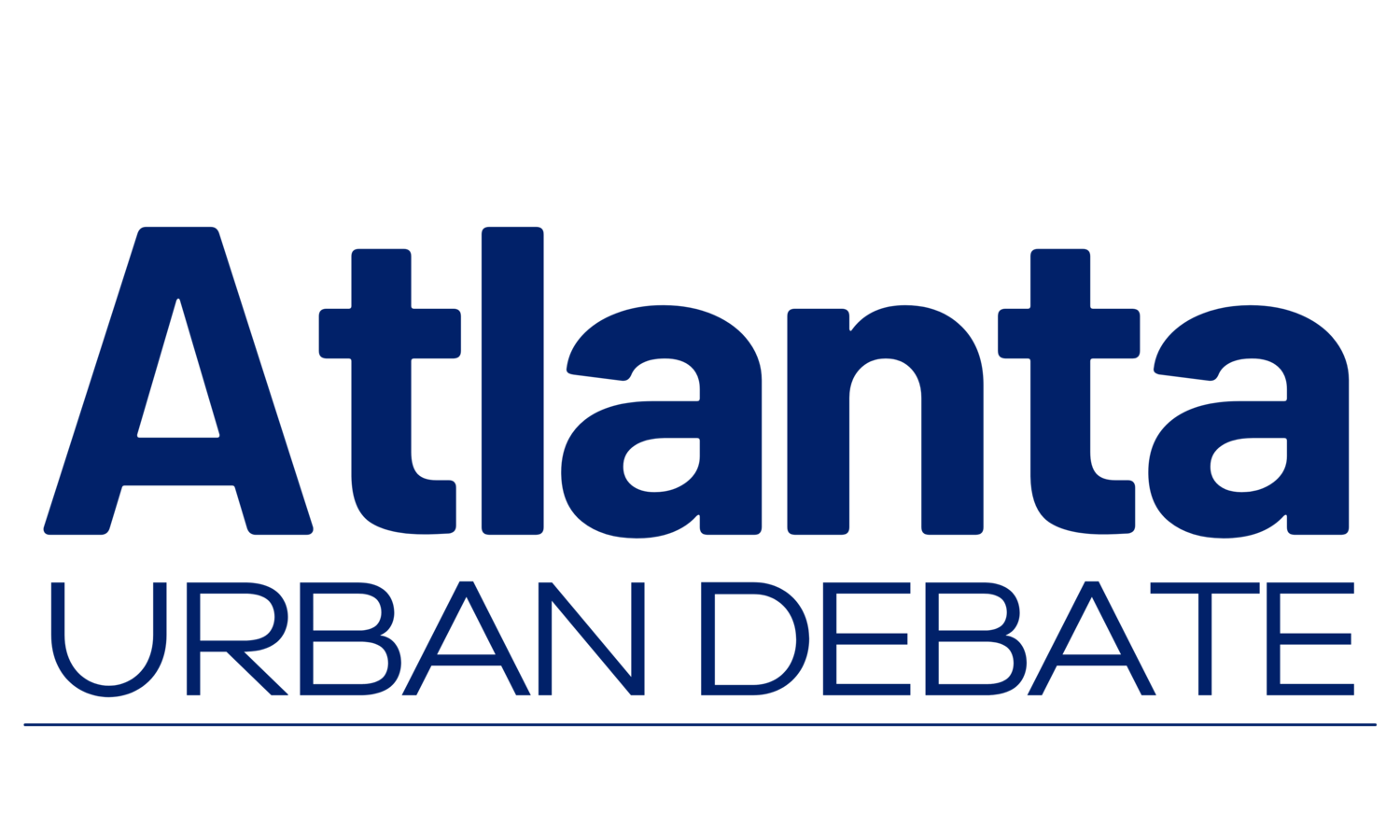The Atlanta Urban Debate League is committed to providing excellent debate education programs, services, and opportunities to diverse students, educators, and members of the community!
Intermediate Debate Skills
Evidence Comparison (ABCD)
Introduction
Anyone can read a piece of evidence, but good debaters will be able to explain why a piece of evidence is more applicable to a debate than another. When one side reads a solvency card and the other reads a no solvency card, it is up to the debaters to tell the judge which one to prefer. The initialism ABCD can be used to remember factors that debaters should consider when discussing the strength of evidence.
Author: Who wrote the card and who published it? Is the author an expert in the topic area? Is the source biased (e.g., Breitbart)? Is it willing to publish a guest piece from anyone?
Basis: What does the card itself cite to back up its claims? Did it use a data set or interview experts? Does it summarize a study (or even better, multiple studies)? Does it walk readers through reasoning and logic without relying on academic sources? Does it make predictions about the outcome of a theoretical action or draw conclusions based on empirical evidence? While valid evidence can do any of the above, debaters can argue that their evidence has more robust conclusions if it has a stronger methodology than the opposing evidence.
Context: What does the entire source actually say? If you read the parts of the article that are not underlined, does it come to the same conclusions? Are the authors as certain as the underlined parts portray? Is the argument in context of a very different situation? Additional context can strengthen a card with additional details or undermine the credibility of the opponent’s argument.
Date: When was the evidence published? If there are two cards with conflicting information on the same topic, is it because something has happened since the first piece of evidence has published that changes the issue (ex. Change in presidential administration, passage of new law)? Recency is particularly relevant when debating about uniqueness or inherency, as both are about the current state of the world/status quo.
Learning Objectives
In this section, students should:
Be able to identify author qualifications using evidence citations.
Differentiate between the arguments made by the underlined and full versions of a piece of evidence.
Explain how real-world events impact the way evidence should be weighed before/after certain dates.
Points of Improvement
Here are some things to look out for as students analyze evidence:
Students call evidence outdated without being able to explain why/how anything has changed.
Students call sources biased or indict credibility without explanation.
In cross-examination, students are unable to explain the basis for evidence they have read.
Signs of Progress
Here are some positive signs that students understand how to analyze evidence:
Students can contextualize evidence in terms of current and recent events.
Students can identify the methodology used for a piece of evidence.
Students can explain what a piece of evidence says in its original context.
